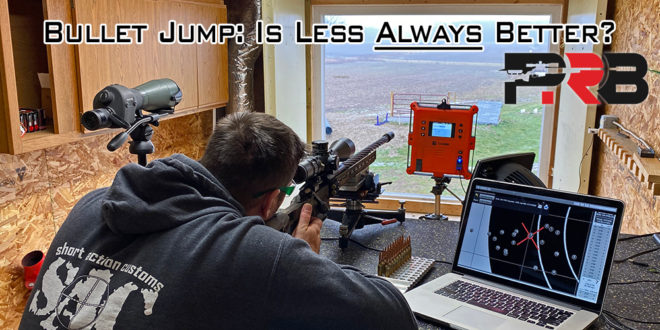Running a rcbs matchmaster micrometer seating die (223). My load is right on the verge of being compressed. You can hear a kernel or two of powder when seating.
Out of my last batch of 100 rounds , about 70 rounds are right at my desired seating depth. Another 20 rounds or so, at within .001”, and then I got a handful that are .002-.003” seated too deep.
I am measuring these using a comparator and measuring cbto. My stem is not touching the meplat.
Who do some of these rounds seat deeper than others?
I use the same press, and when I fl size, they are all dead nuts on.
What do you consider acceptable tolerance for seating depth?
Out of my last batch of 100 rounds , about 70 rounds are right at my desired seating depth. Another 20 rounds or so, at within .001”, and then I got a handful that are .002-.003” seated too deep.
I am measuring these using a comparator and measuring cbto. My stem is not touching the meplat.
Who do some of these rounds seat deeper than others?
I use the same press, and when I fl size, they are all dead nuts on.
What do you consider acceptable tolerance for seating depth?

